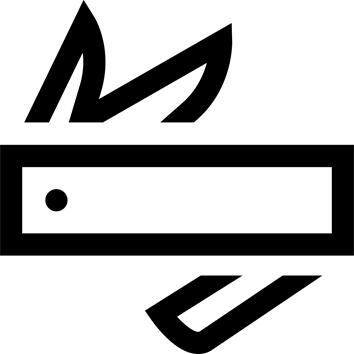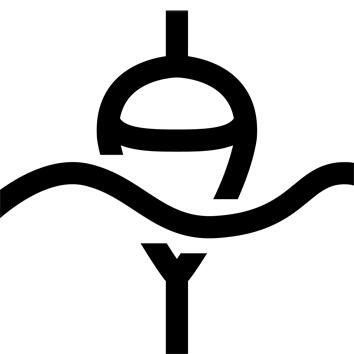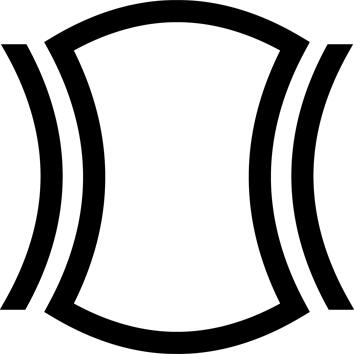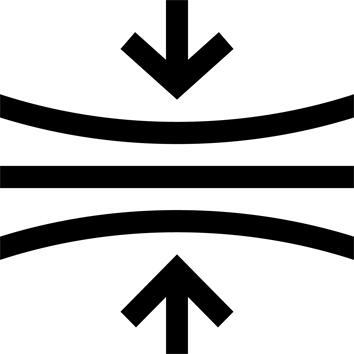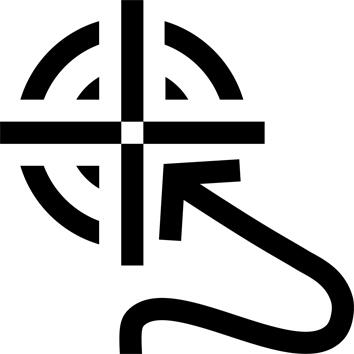Technical information
Extruded sole
Poplar wood core 20 millimeter
Number of inserts: 10 + 10
TWINTIP DIRECTIONAL
Setback: 20mm
Size 152 cm:
Front width 291 mm, center 250 mm, rear 291 mm
Recommended radius 8.2 m
Stance: 540 mm.
Size 156 cm:
Front width 295 mm, center 253 mm, rear 295 mm
Radius 8.5 m
Recommended stance: 550 mm.
Size 160 MID WIDE cm:
Front width 309 mm, center 265 mm, rear 309 mm
Radius 8.5 m
Recommended stance: 575 mm.
What size should I choose for my SNB 100 snowboard?
In general, for all-terrain use or when learning to snowboard, we choose a size of around -15 to -20 cm (for example, a man of 1m75 can take a board between 160 and 155cm). Smaller boards are easier to ride. It's also advisable for people who are light in relation to their height. Taller boards are more stable at higher speeds.
152 CM (30 - 60 kg) => from 1m67 to 1m74
156 CM (50 - 80 kg) => from 1m71 to 1m78
160 CM MID WIDE (70 - 90 kg) => from 1m75 to 1m90
A word from the product manager
The SNB 100 is the easiest board in the range to ride. We offer you a board for discovering snowboarding, easy to ride and forgiving enough to go all the way to freestyle.
Program and practice area
The SNB 100 board forgives all imperfections in your snowboarding apprenticeship. On the slopes, it's easy to turn in all snow conditions, while offering reassuring grip on hard snow. With its flat camber and big rockers, it lets beginners learn to ride and discover freestyle. If you're looking for an inexpensive board for jibbing, its flexibility will give you complete satisfaction on all street spots.
Snowboard twintip directionelle
The shape of the snowboard is Twin Tip. The board's rib lines are completely symmetrical between front and back, providing perfect symmetry and centering of the board's features for riding in both directions equally. To give it even greater versatility, we've offset the inserts by 20mm, making the SNB 100 a "fake" twintip, directional just right for easy learning.
Flat camber + long rocker
A flat camber is the best compromise between the classic camber, which provides grip and dynamism, and an inverted camber, which provides rotational maneuverability but little grip. It's perfect for beginners because:
- The flat camber brings stability on modules or on piste
- The long rocker brings forgiveness in park and piste because the 4 corners of the board don't touch the snow when the board is flat.
Flexible flex (3/10)
Flex is the stiffness of the board from front to back.
The Board SNB 100 has a flex of around 3/10, which is very forgiving and playful. This type of flex is very homogeneous from nose to tail, offering healthy, playful behavior on all types of terrain. On the other hand, at high speed or on very icy snow, this board won't hold a nice cut turn as well, and will offer less pop than an ENDZONE 500.
Flexible and forgiving twisting
Torsion, the stiffness of the board when twisted between the feet, is around 2/10 on the SNB 100, giving the board an easy-to-grip, easy-to-turn, edge-tolerant feel. A soft twist gives freedom to the feet. This is important for beginners: edge errors are forgiven. The soft twist is also suitable for freestyle jib or flat use. Perfect for shredding!
Setback 20 mm
Setback is when the board's support points on the snow are not symmetrical in relation to the center of the board, but are shifted backwards. The bindings are then also shifted backwards by the same distance.
20 mm setback = a very slight kickback, a versatile board that's almost centered for riding in both directions, but also for balance when turning and rotating.
When should you wax your snowboard?
DREAMSCAPE boards leave the factory waxed.
They then require regular maintenance like all snowboards and skis: ideally, wax every 5 outings and at least once a year:
- either at the beginning of the season to start with a very good glide
- or at the end of the season by letting the wax protect the base throughout the summer.
Glide quality: extruded sole
The soles are made of polyethylene, but using 2 different technical processes:
- extruded soles, with a certain density of polyethylene
- sintered soles, with a higher density of polyethylene (fewer holes, more PE)
An extruded sole provides normal glide and good resistance over time.
What is the Wide in snowboarding?
A Wide board is a board that is wider than normal to prevent the big feet from touching the snow during a turn and causing you to fall, or to increase buoyancy in powder snow. Wide is measured by the width of the board at the center.
At Décathlon, we have defined:
- up to 245 mm : narrow board / feet 36 to 40
- from 246 mm to 255 mm : normal board / feet 38 to 42
- from 256 mm to 265 mm : Mid Wide / feet 41 to 44
- from 266 mm : Wide / feet 43 to 49
Can the store fit the bindings to my board?
Yes, there's a video on how to assemble the bindings in this product sheet, but you can ask your local store to assemble the bindings with your own settings. Remember to take your pair of snowboard boots with you to ensure 2 correct settings:
1. That of the binding from front to back, so that the boots don't protrude more from the toes than from the heel, or vice versa
2. The straps on your binding, which must fit snugly over your boots.
Board weight
size 152: 2767 g +/- 6%
size 156: 2670 g +/- 6%
size 160 MW: 2966 g +/- 6%
